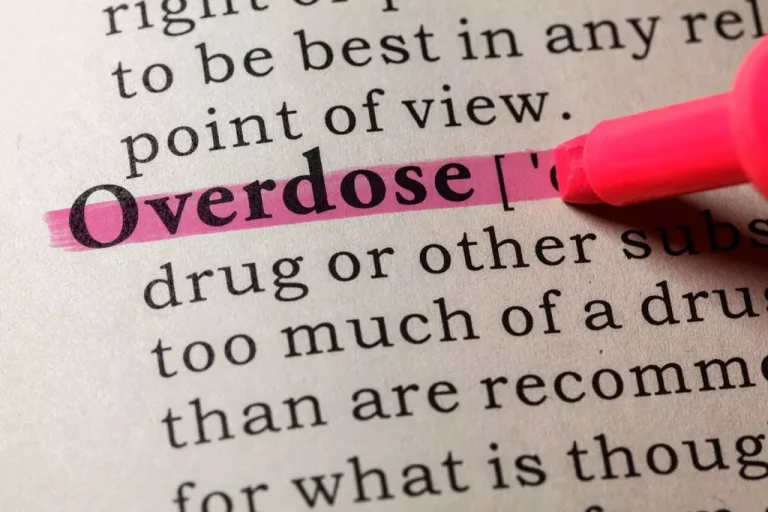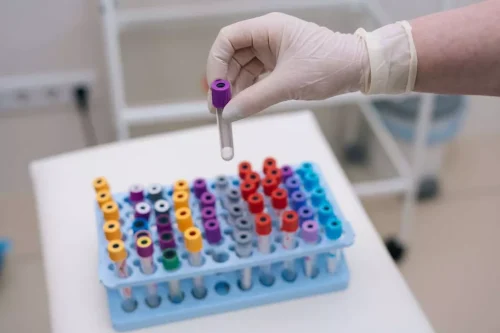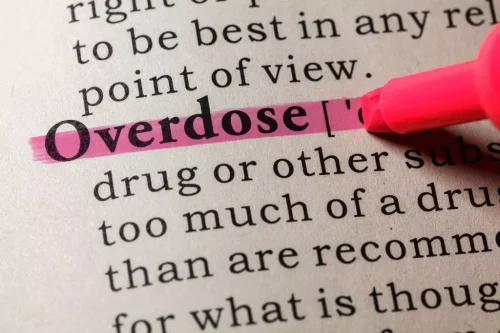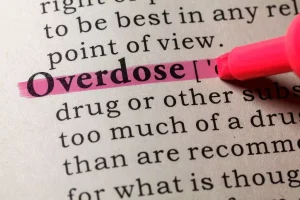Self-efficacy, standards, and abstinence violation: a comparison between newly sober and long-term sober alcoholics

A “controlled drinking controversy” followed, in which the Sobells as well as those who supported them were publicly criticized due to their claims about controlled drinking, and the validity of their research called into question (Blume, 2012; Pendery, Maltzman, & West, 1982). Despite the intense controversy, the Sobell’s high-profile research paved the way for additional studies of nonabstinence treatment for AUD in the 1980s and later (Blume, 2012; Sobell & Sobell, 1995). Marlatt, in particular, became well known for developing nonabstinence treatments, such as BASICS for college drinking (Marlatt et al., 1998) and Relapse Prevention (Marlatt & Gordon, 1985).
- In the U.S., about 25% of patients seeking treatment for AUD endorsed nonabstinence goals in the early 2010s (Dunn & Strain, 2013), while more recent clinical trials have found between 82 and 91% of those seeking treatment for AUD prefer nonabstinence goals (Falk et al., 2019; Witkiewitz et al., 2019).
- Nearly all other prominent models of addiction and relapse focus on the psychophysiological determinants of drug priming and reinforcement (e.g., Baker et al., 1986; Kalivas & Volkow, 2005; Koob & Le Moal, 1997; Robinson & Berridge, 2003).
- A recent reformulation of the relapse prevention model presents a multi-disciplinary framework, retaining its emphasis on psychological responses to lapses while incorporating a greater role for pharmacologic factors such as nicotine withdrawal and reinforcement processes related to lapsing (Witkiewitz & Marlatt, 2004).
- The strengths of the study lie in its use of near-real-time EMA reports of AVE responses, recorded soon after each lapse, and the ability to use a stream of EMA reports over many lapses to characterize the prospective influence of AVE responses on progression to subsequent lapses.
- For example, an individual who has successfully abstained from alcohol, after having one beer, may engage in binge drinking, thinking that since he has “fallen off the wagon” he might as well drink an entire case of beer.
- In the 1970s, the pioneering work of a small number of alcohol researchers began to challenge the existing abstinence-based paradigm in AUD treatment research.
Lapse and Relapse Outcomes
- Previous reviews have described nonabstinence pharmacological approaches (e.g., Connery, 2015; Palpacuer et al., 2018), which are outside the scope of the current review.
- SD assisted with conceptualization of the review, and SD and KW both identified relevant literature for the review and provided critical review, commentary and revision.
- The attributional styles of abstainers and relapsers were examined in addition to the types of initial slip situations for the relapse group.
- This resistance to nonabstinence treatment persists despite strong theoretical and empirical arguments in favor of harm reduction approaches.
- Indeed, this argument has been central to advocacy around harm reduction interventions for people who inject drugs, such as SSPs and safe injection facilities (Barry et al., 2019; Kulikowski & Linder, 2018).
- A common pattern of failures for chronic dieters and addicts occur when they “fall off the wagon” by violating their diets or consuming the addictive substance.
While there is evidence that a subset of individuals who use drugs engage in low-frequency, non-dependent drug use, there is insufficient research on this population to determine the proportion for whom moderation is a feasible treatment goal. However, among individuals with severe SUD and high-risk drug or alcohol use, the urgency of reducing substance-related harms presents a compelling argument for engaging these individuals in harm reduction-oriented treatment and interventions. In the 1980s and 1990s, the HIV/AIDS epidemic prompted recognition of the role of drug use in disease transmission, generating new urgency around the adoption of a public health-focused approach to researching and treating drug use problems (Sobell & Sobell, 1995).

Historical context of nonabstinence approaches
An additional concern is that the lack of research supporting the efficacy of established interventions for achieving nonabstinence goals presents a barrier to implementation. The relapse prevention model (RPM) developed by Marlatt was the first to establish an integrative framework for understanding the cognitive-behavioral processes that drive progression from lapses to relapse (Marlatt & Gordon, 1985), and has been prominent in clinical thinking about relapse. Nearly all other prominent models of addiction and relapse focus on the psychophysiological determinants of drug priming and reinforcement (e.g., Baker et al., 1986; Kalivas & Volkow, 2005; Koob & Le Moal, 1997; Robinson & Berridge, 2003). According to the RPM (Marlatt & Gordon, 1985; Witkiewitz & Marlatt, 2004), the primary determinants of whether an individual who has lapsed will progress towards relapse or towards reestablishing abstinence are that person’s explicit (i.e., subject to conscious awareness) cognitive and emotional responses to lapsing. Specifically, relapse is predicted to be more likely when lapses produce an abstinence violation effect (AVE), characterized by internal attribution of blame, reduced abstinence self-efficacy, and feelings of guilt. This constellation of responses, coupled with the subjective effects of drug ingestion, is posited to predispose the person to further lapses, thus driving the lapse-relapse process in an accelerating downward spiral (Marlatt & Gordon, 1985).
3. Summary of the state of the literature

Participants were 305 smokers who quit for at least 24 hours while enrolled in a research smoking cessation clinic. Participants had to smoke at least 15 cigarettes per day, to have been smoking for at least 5 years, to be between the ages of 21 and 65. Smokers who were eligible, who passed a medical screening, and who signed an informed consent form were enrolled.

We used EMA measures of three core components of the AVE (internal attribution of self-blame for the lapse, abstinence self-efficacy and guilt) obtained at the time of lapse as smokers struggled to avert relapse over the course of 6 weeks after quitting. EMA captured the timing of lapses, the amount smoked during each lapse episode, and participants’ immediate AVE responses. Recurrent-event survival models were used to evaluate the extent to which AVE responses to each successive lapse influenced the hazard of an additional lapse. Based on relapse prevention theory (Marlatt & Gordon, 1985; Witkiewitz & Marlatt, 2004), it was hypothesized that the severity of the AVE response following each lapse would predict progression to a subsequent lapse, such that greater internal attributions of blame and guilt, along with reduced self-efficacy, would accelerate lapses. Recurrent lapses and AVE responses were thus expected to synergistically drive one another toward relapse, and our analysis attempts to capture and elucidate this cascading downward spiral driven by cognitive and affective responses to recurrent lapses during self-imposed abstinence. Individuals with fewer years of addiction and lower severity Substance abuse SUDs generally have the highest likelihood of achieving moderate, low-consequence substance use after treatment (Öjehagen & Berglund, 1989; Witkiewitz, 2008).

There has been little research on the goals of non-treatment-seeking individuals; however, research suggests that nonabstinence goals are common even among individuals presenting to SUD treatment. Among those seeking treatment for alcohol use disorder (AUD), studies with large samples have cited rates of nonabstinence goals ranging from 17% (Berglund et al., 2019) to 87% (Enggasser et al., 2015). In Europe, about half (44–46%) of individuals seeking treatment for AUD have non-abstinence goals (Haug & Schaub, 2016; Heather, Adamson, Raistrick, & Slegg, 2010). In the U.S., about 25% of patients seeking treatment for AUD endorsed nonabstinence goals in the https://ecosoberhouse.com/ early 2010s (Dunn & Strain, 2013), while more recent clinical trials have found between 82 and 91% of those seeking treatment for AUD prefer nonabstinence goals (Falk et al., 2019; Witkiewitz et al., 2019). In addition to shaping mainstream addiction treatment, the abstinence-only 12-Step model also had an indelible effect on the field of SUD treatment research.

4. Consequences of abstinence-only treatment
Given the abstinence focus of many SUD treatment centers, studies may need to recruit using community outreach, which can yield fewer participants compared to recruiting from treatment (Jaffee et al., 2009). However, this approach is consistent with the goal of increasing treatment utilization by reaching those who may not otherwise present to treatment. Alternatively, researchers who conduct trials in community-based treatment centers will need to obtain buy-in to test nonabstinence approaches, which may necessitate waiving facility policies regarding drug use during treatment – a significant hurdle. Additional hours of prospective abstinence time across each 1-unit change in post-lapse internal attribution of blame, plotted as a function of abstinence duration (days) preceding the lapse. The analysis was based on data from a randomized, double-blind, placebo-controlled clinical trial of the abstinence violation effect refers to high-dose nicotine patch for smoking cessation.